Choosing the right flooring is a significant decision that impacts your home's aesthetics, comfort, and value. Bamboo wood flooring has surged in popularity as a stylish and eco-conscious alternative to traditional hardwood. But with various types and qualities available, how do you ensure you're making the best choice? This comprehensive guide will walk you through everything you need to know, from construction types to maintenance, helping you select the perfect bamboo wood flooring for your space.
Understanding Bamboo Flooring: Types and Construction
Not all bamboo flooring is created equal. The manufacturing process significantly influences its durability, appearance, and suitability for different areas of your home. Understanding the core types is the first step in making an informed decision. The main differentiation lies in how the bamboo strands are processed and assembled, which results in distinct visual styles and performance characteristics.
- Strand-Woven Bamboo: The most durable type. Bamboo fibers are shredded, mixed with a resin, and compressed under extreme heat and pressure. This process creates an incredibly hard material, often harder than many traditional hardwoods, making it ideal for high-traffic areas.
- Horizontal Bamboo: Features bamboo stalks sliced into strips and laid flat on their wide side before being bonded together. This showcases the classic knuckle patterns (the nodes), offering a more traditional and natural look.
- Vertical Bamboo: Similar to horizontal, but the stalks are placed on their narrow edge. This creates a more linear, uniform grain with fewer visible knuckles, presenting a modern, streamlined appearance.
- Engineered Bamboo: Constructed with a top layer of bamboo veneer bonded to a plywood or hardwood core. This multi-layer structure provides enhanced stability against moisture and temperature fluctuations, making it suitable for basements or rooms with underfloor heating.
Comparing Bamboo Flooring Types
To help you visualize the differences, the following table provides a clear comparison of the key attributes of each bamboo flooring type. This will aid in narrowing down your options based on your specific needs for hardness, aesthetics, and moisture resistance.
| Type | Janka Hardness Rating | Best For | Moisture Resistance |
| Strand-Woven | 3000+ | High-traffic areas, kitchens, commercial spaces | Good (with quality finish) |
| Horizontal | 1400-1500 | Living rooms, bedrooms (traditional look) | Moderate |
| Vertical | 1400-1500 | Living rooms, bedrooms (modern look) | Moderate |
| Engineered | Varies by top layer | Basements, areas with subfloor moisture | Excellent |
Natural color glossy heavy bamboo flooring
Key Factors to Consider When Choosing Bamboo Flooring
Selecting the perfect bamboo floor involves more than just picking a color. Several technical and practical factors will determine its longevity and performance in your home. A thoughtful evaluation of these elements will ensure your investment is sound and your flooring meets your lifestyle demands for years to come.
- Hardness and Durability: Measured by the Janka scale. For active households with pets and children, a higher rating (like strand-woven) is crucial to resist dents and scratches.
- Finish Quality: The type of finish (e.g., aluminum oxide, UV-cured polyurethane) determines scratch and stain resistance. A high-quality, multi-coat finish is essential for longevity.
- Formaldehyde Emissions: Opt for products with certifications like CARB Phase 2 Compliant or FloorScore® that guarantee low-VOC (Volatile Organic Compound) emissions, ensuring better indoor air quality.
- Warranty: A robust warranty (e.g., 25+ years on residential finishes) is a strong indicator of the manufacturer's confidence in their product's quality.
How to Choose Bamboo Flooring for High Traffic Areas
Hallways, kitchens, and living rooms demand a floor that can withstand constant use. The key is to prioritize structural integrity and surface hardness above all else. Not every type of bamboo is cut out for this task, so making the right selection is paramount to avoiding premature wear and damage.
- Always choose strand-woven bamboo for its superior density and resistance to impact.
- Look for a matte or low-sheen finish, as it does a better job of concealing minor scuffs and scratches compared to a high-gloss finish.
- Ensure the planks are properly acclimated to your home's humidity levels before installation to prevent future gaps or warping.
- Consider a textured or hand-scraped surface, which can beautifully hide the inevitable signs of daily life.
Bamboo Flooring Pros and Cons: A Balanced View
While an excellent choice for many, bamboo flooring is not without its trade-offs. Weighing the advantages against the potential drawbacks is essential to determine if it aligns with your expectations and home environment. This balanced perspective will help you set realistic expectations and prepare for proper maintenance.
- Pros: Highly renewable and eco-friendly resource; exceptional durability (especially strand-woven); wide variety of styles and colors; generally more affordable than premium hardwoods like oak or maple.
- Cons: Can be susceptible to moisture damage if not properly sealed or installed; lower-quality products may be prone to scratching; some cheaply made imports may have higher VOC emissions; can fade with prolonged direct sunlight exposure.
Installation and Maintenance of Bamboo Floors
Proper installation and care are the final, critical steps to ensuring your bamboo flooring remains beautiful for decades. Whether you opt for a DIY project or professional installation, understanding the methods and maintenance routines will protect your investment. A well-installed floor with consistent care will outperform even the highest-quality product that is neglected.
- Installation Methods: Options include nail-down (for wood subfloors), glue-down (for concrete subfloors), or floating (where planks click together over an underlayment).
- Daily Care: Sweep or vacuum with a soft-bristle attachment to remove abrasive dirt. Use a slightly damp mop with a pH-neutral cleaner specifically designed for hardwood/bamboo floors.
- Preventative Measures: Use felt pads under furniture legs, avoid wearing high heels on the floor, and place mats at entrances to trap grit and moisture.
- Dealing with Spills: Wipe up spills immediately to prevent moisture from seeping into the seams and causing damage.
Bamboo Flooring Care and Cleaning Tips
Maintaining the luster and integrity of your bamboo floor doesn't require harsh chemicals or complicated routines. Simple, consistent practices are the most effective. The goal is to protect the factory finish, which is your floor's primary shield against wear, moisture, and UV damage.
- Never use steam mops, as the intense heat and moisture can damage the finish and warp the planks.
- Avoid vinegar, ammonia, or abrasive cleaners, as they can dull or strip the protective finish over time.
- For stubborn spots, use the manufacturer-recommended cleaner or a small amount of isopropyl alcohol on a soft cloth.
- Rearrange rugs and furniture periodically to ensure even exposure to light and wear patterns.
FAQ
Is bamboo flooring better than hardwood?
This depends on your priorities. Bamboo wood flooring is often more eco-friendly due to bamboo's rapid renewability. High-quality strand-woven bamboo can also be harder and more scratch-resistant than many traditional hardwoods like oak or cherry. However, traditional hardwood often has a longer track record and can be refinished more times over its lifespan. Bamboo offers a modern, cost-effective alternative, while hardwood provides classic, time-tested value.
Can bamboo flooring be installed in bathrooms or kitchens?
It is possible, but it requires extreme caution. Kitchens are more feasible than bathrooms if you choose a high-quality strand-woven or engineered bamboo with an excellent waterproof finish and ensure all seams are tightly sealed. However, bathrooms are high-moisture environments where spills and humidity are constant. We generally do not recommend traditional bamboo flooring for bathrooms; instead, consider luxury vinyl plank (LVP) that mimics bamboo for a truly water-resistant solution.
How long does bamboo flooring last?
The lifespan of bamboo wood flooring varies significantly based on quality, installation, and maintenance. A well-maintained, high-quality strand-woven bamboo floor from a reputable manufacturer can last 50 years or more. Lower-quality horizontal or vertical bamboo may last 20-25 years with proper care. The factory finish typically lasts 10-15 years before a professional recoat might be needed to refresh its protective layer.
Does bamboo flooring scratch easily?
Scratch resistance is directly tied to the type of bamboo and its finish. Strand-woven bamboo is exceptionally hard and highly resistant to dents and scratches, making it a great choice for pet owners. Softer horizontal or vertical bamboo and products with a low-quality finish will show scratches more easily. Regardless of type, using protective pads under furniture and keeping pet nails trimmed will minimize potential damage.
Is bamboo flooring eco-friendly and sustainable?
Yes, bamboo is one of the most sustainable flooring choices available. Bamboo is a grass that reaches maturity in 3-5 years, compared to decades for hardwood trees. It regenerates from its root system without needing to be replanted. However, it's crucial to look for certifications like FSC (Forest Stewardship Council) to ensure it was harvested responsibly. Also, check for low-VOC finishes to ensure the product is green from the core to the surface.

 English
English Deutsch
Deutsch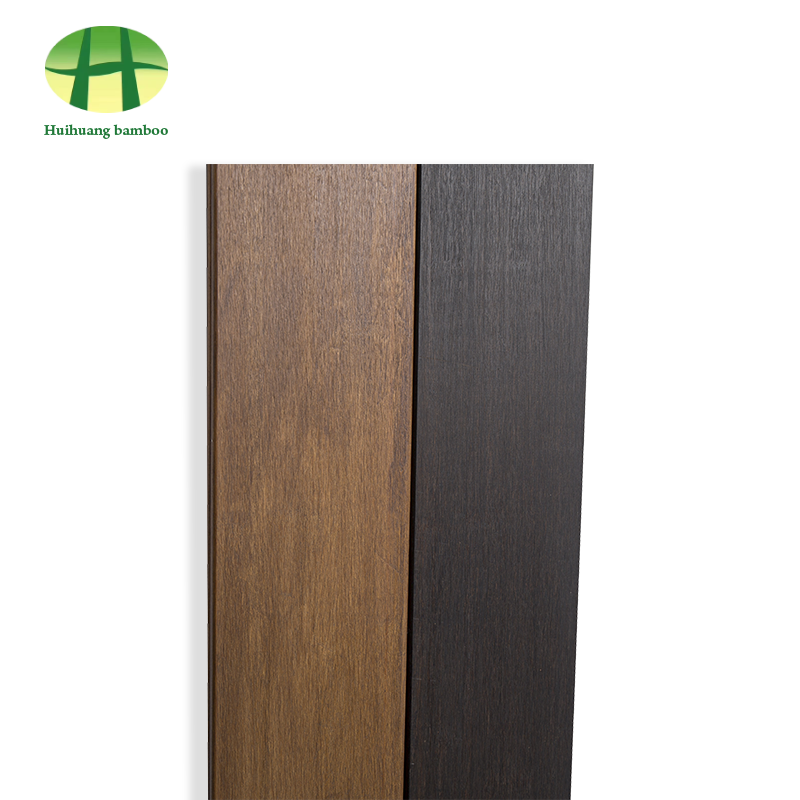
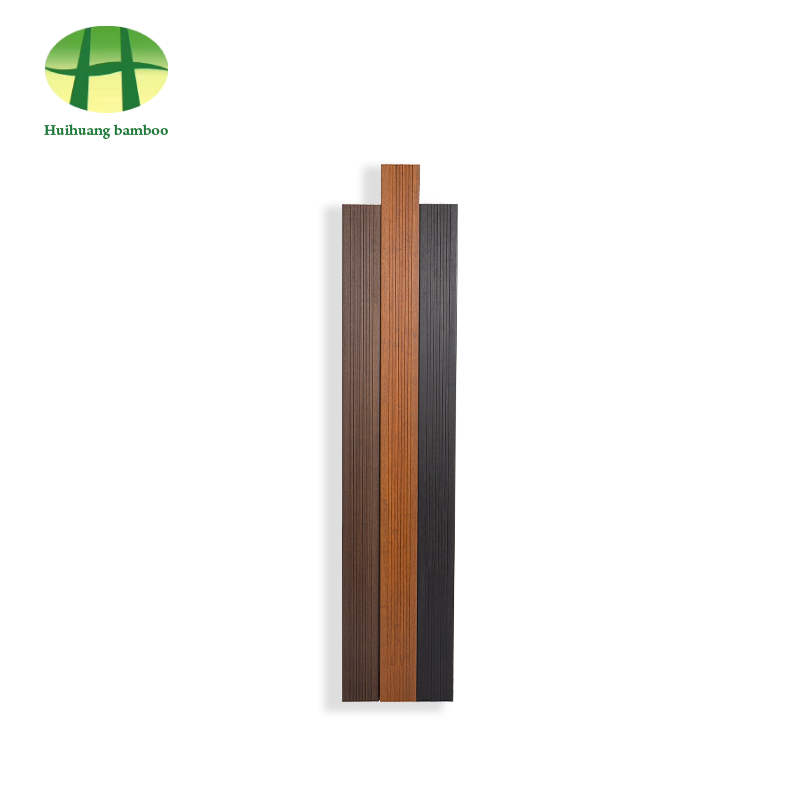
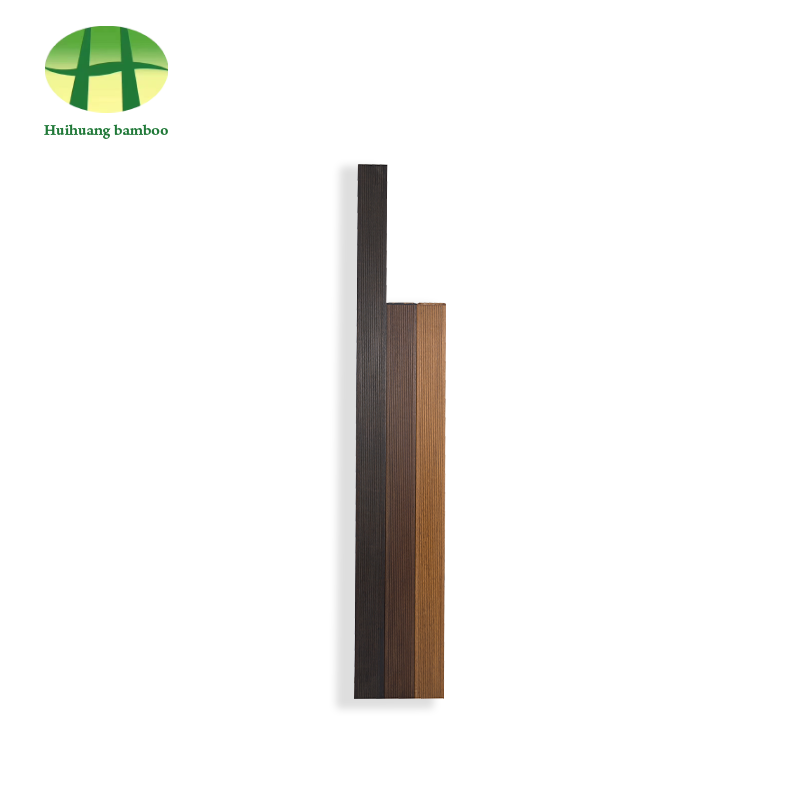
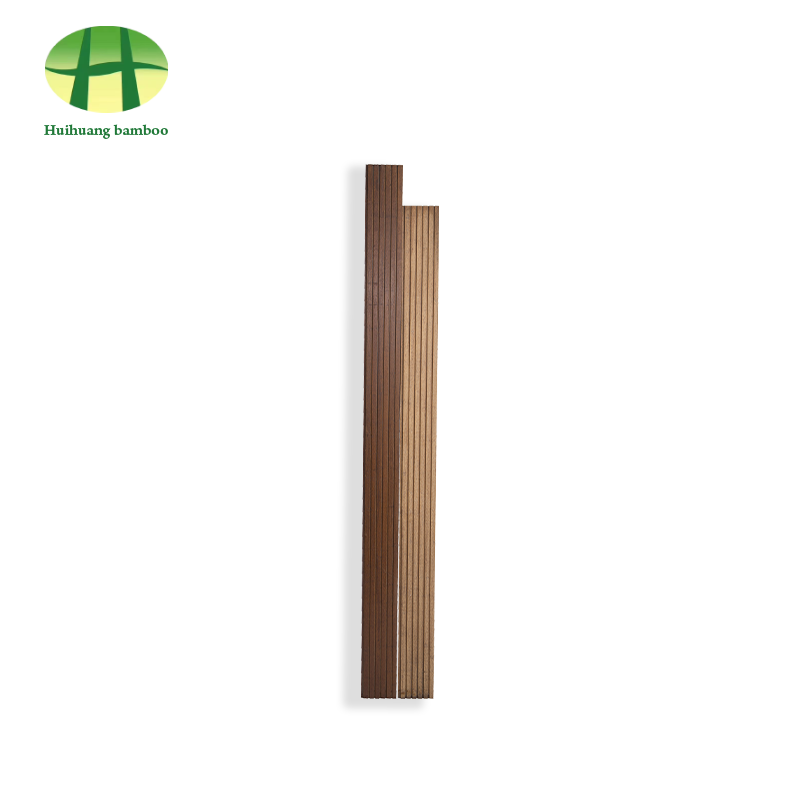
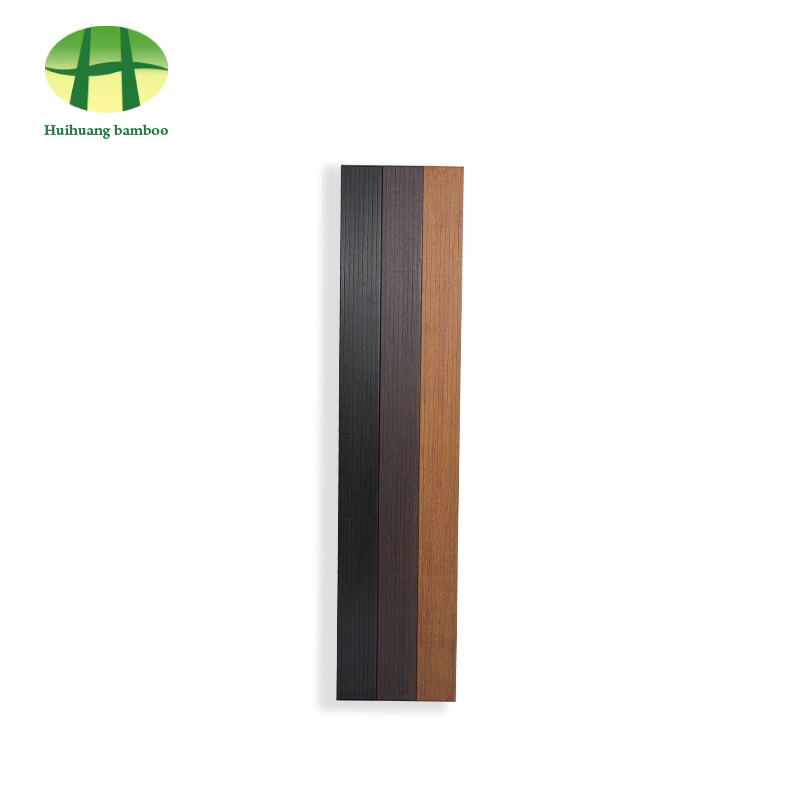
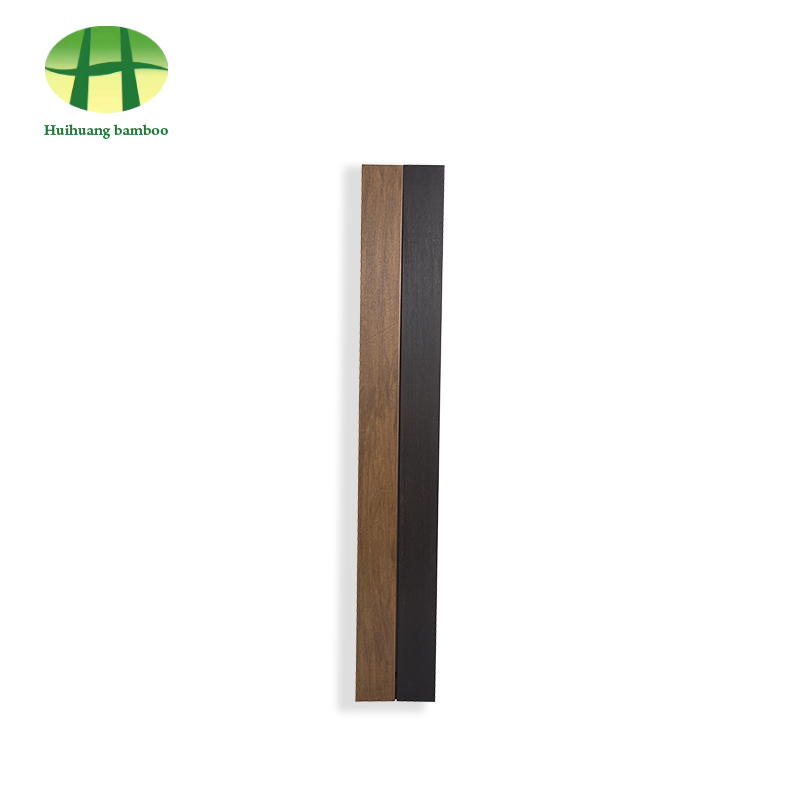
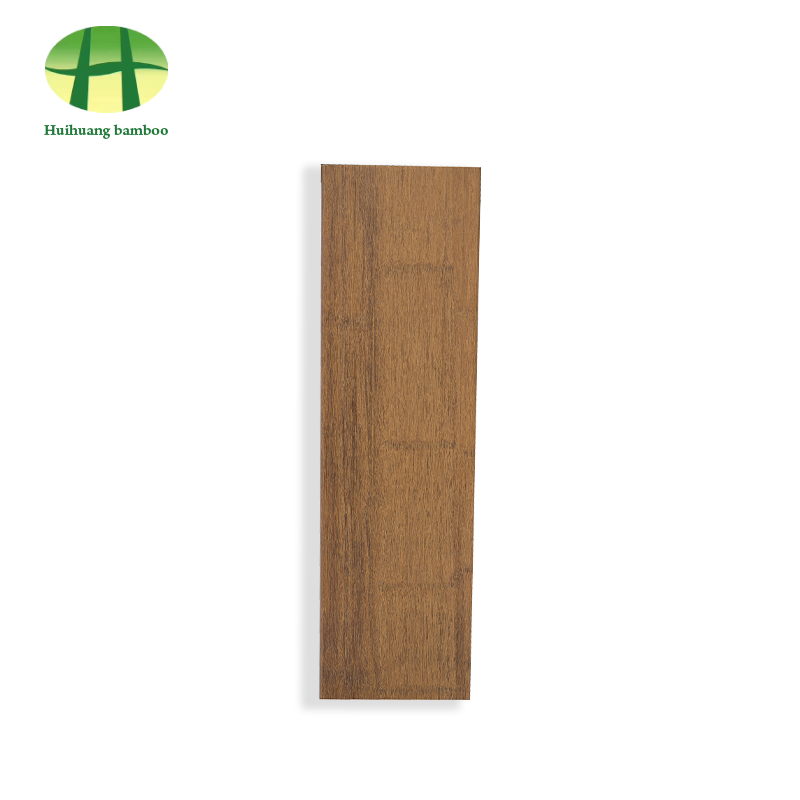

 +86-572-5215066 5216895
+86-572-5215066 5216895 office@hh-bamboo.com
office@hh-bamboo.com East Side of Huanggang RD,Ningdun County, Ningguo ,Xuancheng City,Anhui Province,China.
East Side of Huanggang RD,Ningdun County, Ningguo ,Xuancheng City,Anhui Province,China.